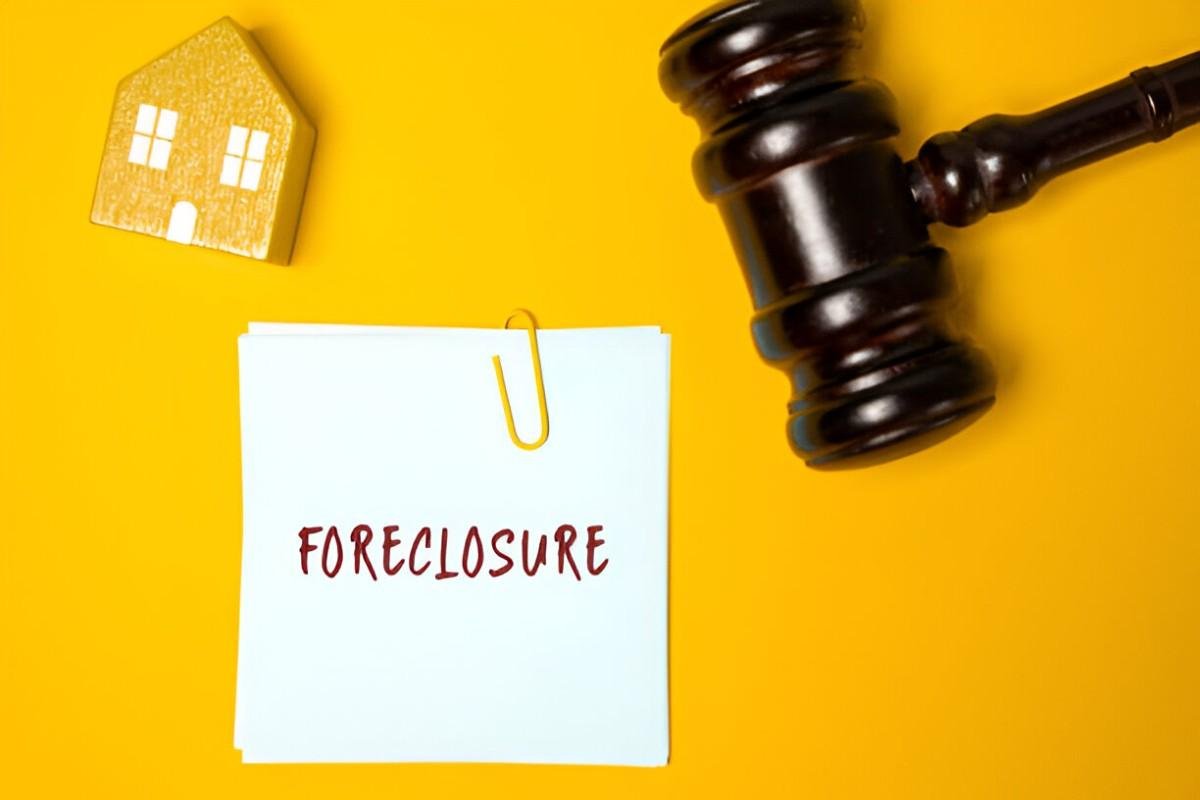Introduction
Foreclosure is a serious financial and legal matter that homeowners must navigate with diligence. Freedom Mortgage, like many lenders, has specific procedures in place when a borrower defaults on their mortgage. This article explores the Freedom Mortgage foreclosure process, its legal framework, potential remedies, and the consequences of foreclosure. By understanding each stage, homeowners can make informed decisions and take appropriate action if they find themselves in default.
Table of Contents
Overview of the Foreclosure Process
Foreclosure occurs when a borrower fails to meet their mortgage obligations, leading the lender to seize the property to recover unpaid debt. The foreclosure process generally follows these key stages:
- Missed Payments and Delinquency
- Pre-Foreclosure and Notice of Default
- Legal Proceedings and Foreclosure Sale
- Eviction and Post-Foreclosure Consequences
Each stage has legal and financial implications that can significantly impact homeowners. Understanding these steps is crucial to managing foreclosure risks effectively.
Stage 1: Missed Payments and Delinquency
When a homeowner misses a mortgage payment, the lender will usually send reminders and assess late fees. If the borrower fails to catch up, the loan becomes delinquent. Most lenders, including Freedom Mortgage, offer a grace period before reporting missed payments to credit bureaus.
Consequences of Delinquency
- Late fees and penalties accrue.
- The missed payments affect credit scores.
- Communication from the lender increases.
A borrower can still resolve the issue by making payments or negotiating a repayment plan at this stage.
Stage 2: Pre-Foreclosure and Notice of Default
Once a loan remains unpaid for 90 days or more, Freedom Mortgage may issue a Notice of Default (NOD). This is a formal notification that the borrower is in default and risks foreclosure. The borrower has options to prevent foreclosure at this stage, such as loan modification, forbearance, or reinstatement.
Comparison of Pre-Foreclosure Options
| Option | Description | Impact on Credit | Eligibility |
|---|---|---|---|
| Loan Modification | Adjusts loan terms to lower payments | Moderate impact | Requires proof of hardship |
| Forbearance | Temporary payment relief | Minimal impact | Typically short-term |
| Reinstatement | Paying overdue amounts in full | No further impact | Requires lump-sum payment |
Borrowers should communicate with Freedom Mortgage as soon as possible to explore these alternatives.
Stage 3: Legal Proceedings and Foreclosure Sale
If the borrower does not resolve the default, Freedom Mortgage proceeds with foreclosure. The type of foreclosure depends on state laws:
- Judicial Foreclosure (Used in states requiring court involvement)
- Non-Judicial Foreclosure (Faster process where court approval is not required)
Example of Foreclosure Timeline (Judicial vs. Non-Judicial)
| Action | Judicial Foreclosure | Non-Judicial Foreclosure |
|---|---|---|
| Notice of Default | Issued after 90+ days | Issued after 90+ days |
| Court Filing | Required | Not Required |
| Auction Date | 6-12 months after filing | 4-6 months after default |
| Right of Redemption | Available in some states | Limited availability |
Freedom Mortgage schedules a foreclosure sale where the property is auctioned to recover outstanding loan balances.
Stage 4: Eviction and Post-Foreclosure Consequences
After the foreclosure sale, ownership transfers to the winning bidder or Freedom Mortgage if no buyer is found. The borrower may receive a Notice to Vacate and must leave the property within a specified time.
Financial and Legal Consequences
- Credit score drops significantly (up to 150 points or more).
- Potential deficiency judgment if the sale does not cover the mortgage balance.
- Future loan eligibility is impacted for years.
Alternatives to Avoid Foreclosure
Even in financial hardship, homeowners have several options to avoid foreclosure:
Short Sale
A short sale allows the borrower to sell the home for less than the mortgage balance, with lender approval. This option can mitigate credit damage compared to foreclosure.
Example Calculation:
- Mortgage balance: $250,000
- Home sells for: $200,000
- Deficiency: $50,000 (which may be forgiven or require repayment)
Deed in Lieu of Foreclosure
A deed in lieu allows the homeowner to transfer property ownership to Freedom Mortgage voluntarily. This avoids foreclosure but still affects credit scores.
Bankruptcy
Filing for Chapter 13 bankruptcy may allow borrowers to restructure debt and avoid foreclosure. Chapter 7 bankruptcy, on the other hand, could lead to asset liquidation but halt foreclosure temporarily.
Impact of Foreclosure on Credit and Future Homeownership
Foreclosure remains on credit reports for seven years. During this time, securing another mortgage can be challenging. However, FHA, VA, and conventional loans have different waiting periods for borrowers with past foreclosures:
| Loan Type | Waiting Period After Foreclosure |
|---|---|
| FHA Loan | 3 years |
| VA Loan | 2 years |
| Conventional Loan | 7 years |
Borrowers can rebuild credit through responsible financial management and timely payments.
Legal Rights and Protections for Borrowers
Under federal and state laws, borrowers have rights during foreclosure:
- The Real Estate Settlement Procedures Act (RESPA) requires lenders to provide loss mitigation options.
- The Fair Debt Collection Practices Act (FDCPA) protects against harassment from debt collectors.
- Some states offer a Right of Redemption, allowing homeowners to repurchase the home after foreclosure.
Conclusion
The Freedom Mortgage foreclosure process follows a structured legal pathway that borrowers must understand to protect their rights and financial stability. Early intervention, clear communication with the lender, and exploring loss mitigation options can prevent foreclosure. Homeowners should seek financial counseling and legal advice if facing difficulties with mortgage payments. By being proactive, borrowers can minimize financial damage and work towards future homeownership again.





